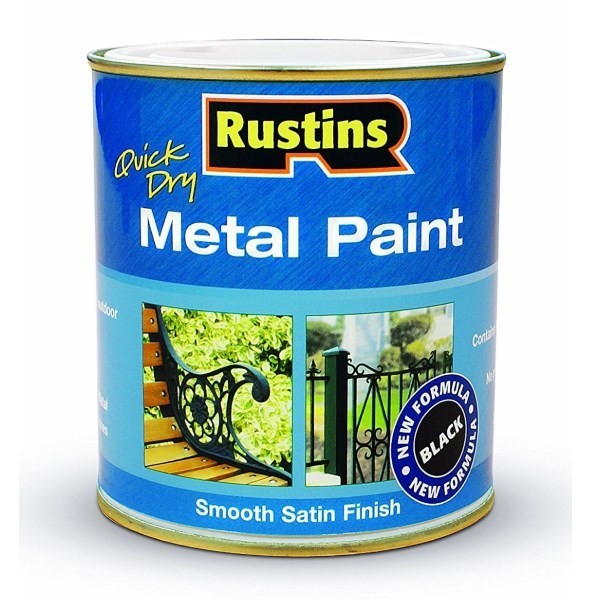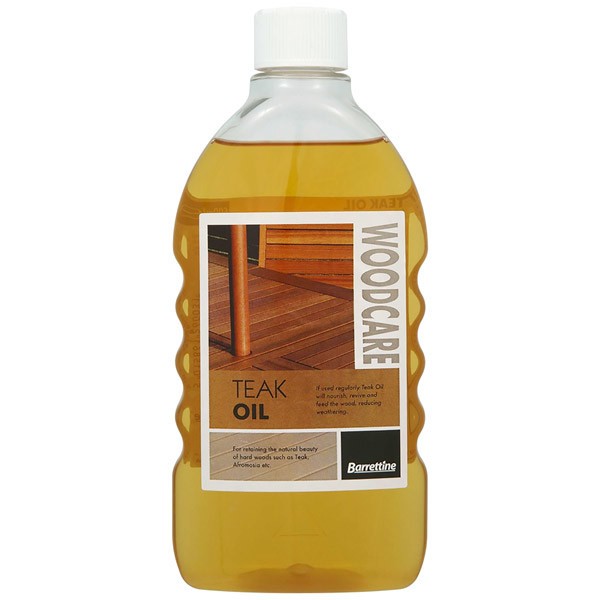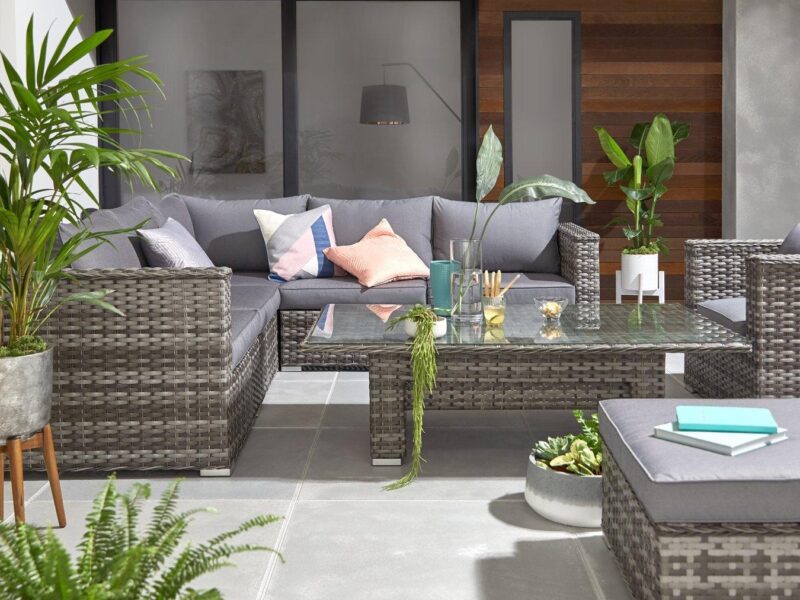
Since you’ve invested a fair sum in buying some garden furniture it makes sense to look after it; you don’t want to be buying another set for a good few years yet, after all?
It can difficult knowing where to start though as there are so many kinds of garden furniture available these days, made from all manner of materials – some requiring more maintenance than others.

Caring for Metal Garden Furniture
Metal furniture tends to be made from tubular steel, with a powder coated finish, and this really needs to be looked after if you want it last.
Firstly, the powder coating can be quite thin and it will fail fairly quickly, especially where there are joints or where the metal is in constant contact with the ground.
The best thing you can do with this kind of metal furniture is to keep it out of the wet whenever possible. A good wipe-down every now and then with a clean cloth will also help.
If you want to go further you can spray the surfaces from time to time with a silicon-based substance, such as WD40. Obviously, giving special attention to any joints and moving parts.
When not in use, store it away in the garage or shed, or, at the very least, keep it covered.
The one advantage with a lot of tubular metal furniture is that it is often foldable or stackable, so doesn’t take up a lot of space.
Garden furniture made from a single piece of metal, such as cast iron, tends to be more durable but you should protect it from the elements whenever possible.
Again, parts in constant contact with the ground, joints and areas that are difficult to reach will be most vulnerable.
Keep an eye out, also, for early paint failure at vulnerable points and touch-up with a small brush wherever you find any bare metal. If these areas are starting to rust, try and remove as much of this as possible then spot prime with a zinc-based metal primer before painting with your finish of choice.
Cast aluminium furniture is rust-proof but the paint coating will start to bubble and peel eventually. Look out for any signs of failure and touch-up with a suitable paint to avoid the problem deteriorating.
Be careful with using some kinds of metal paint such as Hammerite because this can sometimes have an adverse reaction with the existing coating.
The safest kind of paint to use is regular undercoat and gloss although some specialist metal paints can perform better, long-term.
If in doubt, try a small trial area first, such as under the seat where it’s not going to be seen, just to check.

Caring for Wooden Garden Furniture
A lot of wooden garden furniture is made from durable hardwood and will last a lifetime IF you look after it. This doesn’t mean you have to spend every weekend applying preservatives and waxes but you should set aside some time, now and again, to keep your furniture in tip-top shape.
Furniture made from tropical hardwoods such as teak and mahogany is the most durable but it can start looking shabby if not cared for.
Garden furniture made from less durable woods need a little more regular maintenance.
Your biggest enemy isn’t, as you might think, rain it’s ultraviolet radiation. Regular exposure to sunlight will break-down any protective coatings and, eventually, cause the wood to start turning grey. Once this happens it’s impossible to reverse, so it’s best to avoid it happening in the first place.
It’s OK for wood to get wet occasionally so long as it has chance to dry out but avoid leaving it out uncovered if it’s going to get wet for long periods of time (most of the year, in other words)
Investing in some decent furniture covers will have the biggest impact, and will save you money in the long run.
If your furniture is going to be left outside all year round it’s advisable to move it into a shaded and sheltered area when not in use. This doesn’t mean every weekend but, if your not going to be using it for months at a time there is no sense in leaving it exposed to the elements when it doesn’t have to be.
Generally speaking, wooden furniture is usually already treated with preservatives and some kind of protective coating although it’s not always clear what exactly has been used.
Expensive furniture made from oak, teak, etc will often have an oiled finish and this will normally be mentioned in the product description.
Budget ranges will usually have some sort of finish although this could be anything from a basic preservative to a resin-based coating. In this regard then, cheaper furniture is often more difficult to keep in perfect condition because you often have to guess what the best product is to use.
However, one a protective coating starts to fail using just about any product is better than nothing at all. And, in most cases, you’re not going to do any harm by choosing the wrong solution. You may waste a bit of money experimenting but you can guard against this by not buying anything that claims to be some kind of miracle solution – you’ll see a lot of these and they are, at est, no better than ordinary paint or woodstain.
Some of the best products to use are the most traditional although there are some eco-friendly versions available also.

Caring for Rattan or Wicker Furniture
Rattan and or wicker furniture comes in all manner of designs but is relatively easy to keep in good nick. A lot of this kind of garden furniture is also made from synthetic materials these days, which has all the good looks but is much more durable.
Whatever kind you have though, taking care of it requires no special products but it is important to keep it clean. The woven nature of this kind of furniture attracts a lot of debris and it can be difficult to get rid of.
A vacuum cleaner attachment with a soft brush should be your weapon of choice as this will remove most of the awkward to get at dust and debris.
An occasional wash-down with warm soapy water will also help, followed by a good rinse. Be careful not to get a build up of soap in the crevices especially since the residue can be quite sticky and attract a lot of dirt that’s going to be hard to get rid of.
As with wooden furniture, you should avoid prolonged exposure to sunlight as this will cause the surface to fade and discolour. Over time, prolonged exposure to ultraviolet radiation can cause both natural and synthetic woven materials to become brittle and easily damaged.
Bear in mind, also, that a lot of rattan furniture has a metal frame and it may not be protected from rust. Because the frame is impossible to get at the best thing you can do is to avoid prolonged exposure to rain. And,if your furniture does become wet, allow plenty of time for it to thoroughly dry before covering or storing away.
So, again, keep covered when not in use and store in the shade when not in use for prolonged periods of time.
Recommended Products
You’ll find no end of special products and finishes marketed at the garden furniture market, some are very good and some a waste of money. It would be impossible to compare every single product out there but here are a few of the best.

Suitable for all kinds of metal and will dry overnight. If you’re going to use a water based finish though, it’s best if you leave a few days to fully cure.
Available from amazon.co.uk

Ideal for touching up damaged paintwork and minor scratches. For non-ferrous metals, like aluminium, you can use without a primer. Available from amazon.co.uk

A general purpose wood oil with excellent protection against UltraViolet radiation.
Available from amazon.co.uk

A good general purpose treatment for all kinds of hardwood. Available from amazon.co.uk

For tropical hardwoods including teak and mahogany, apply regularly to keep the wood protected and looking its best.
Available from amazon.co.uk


